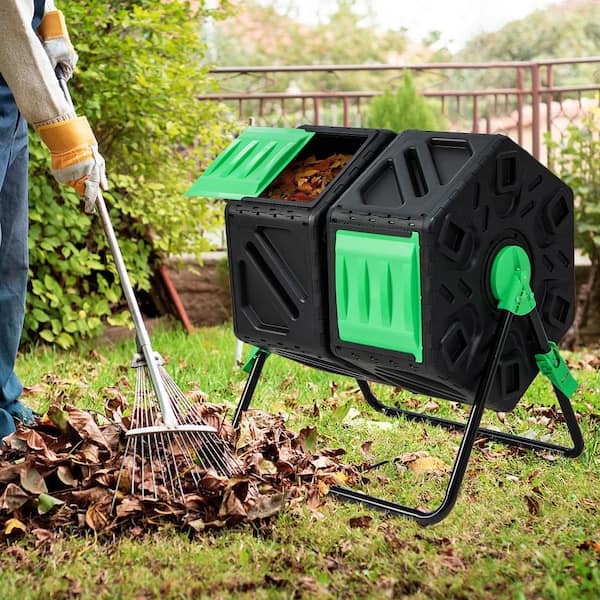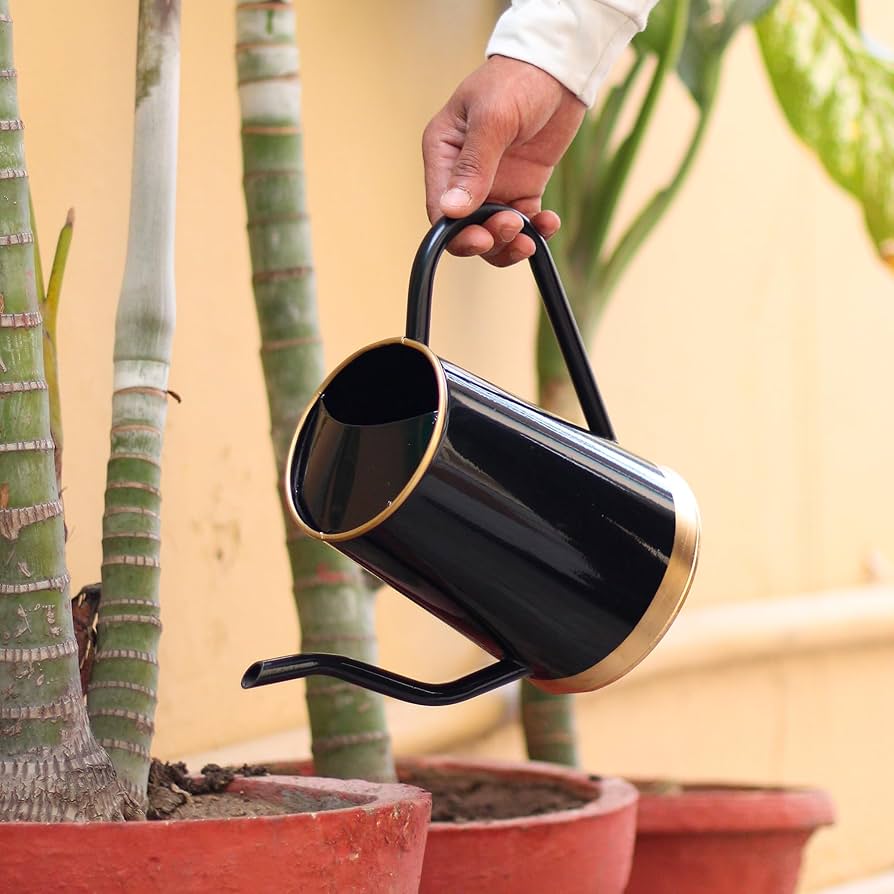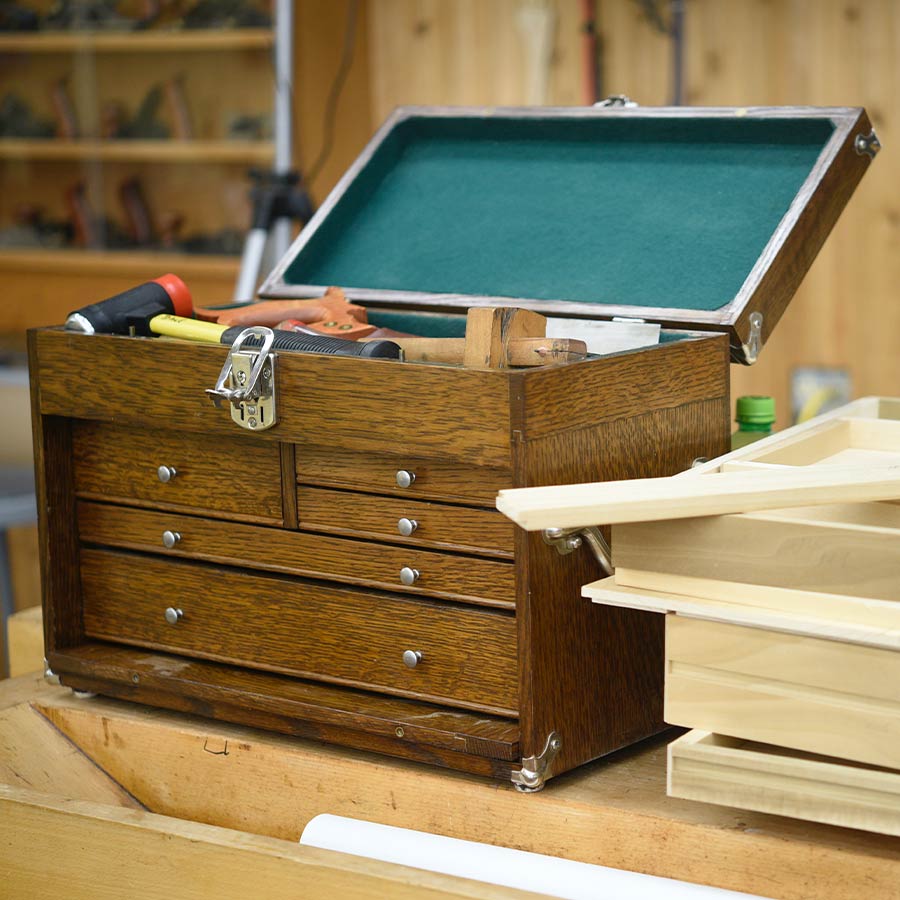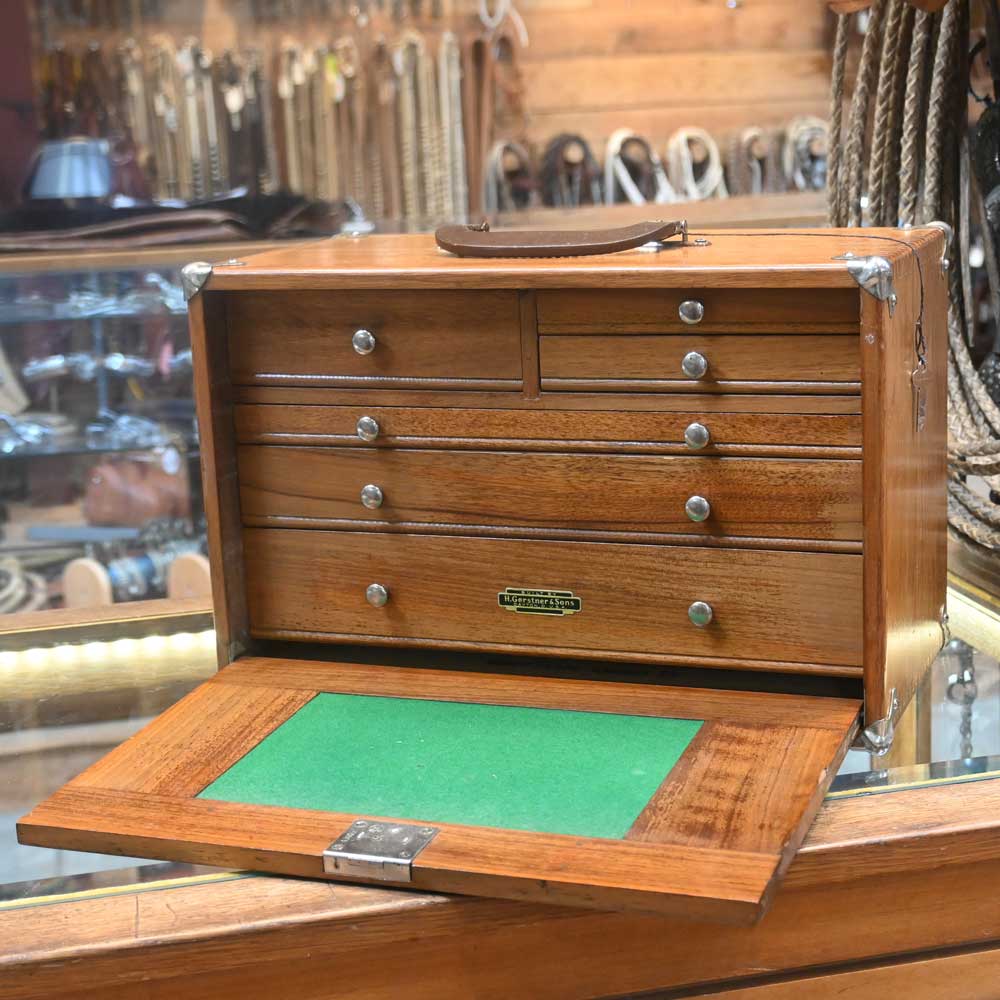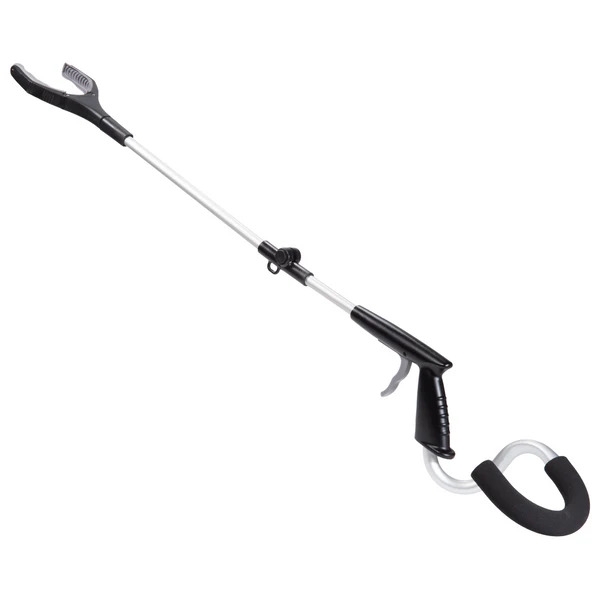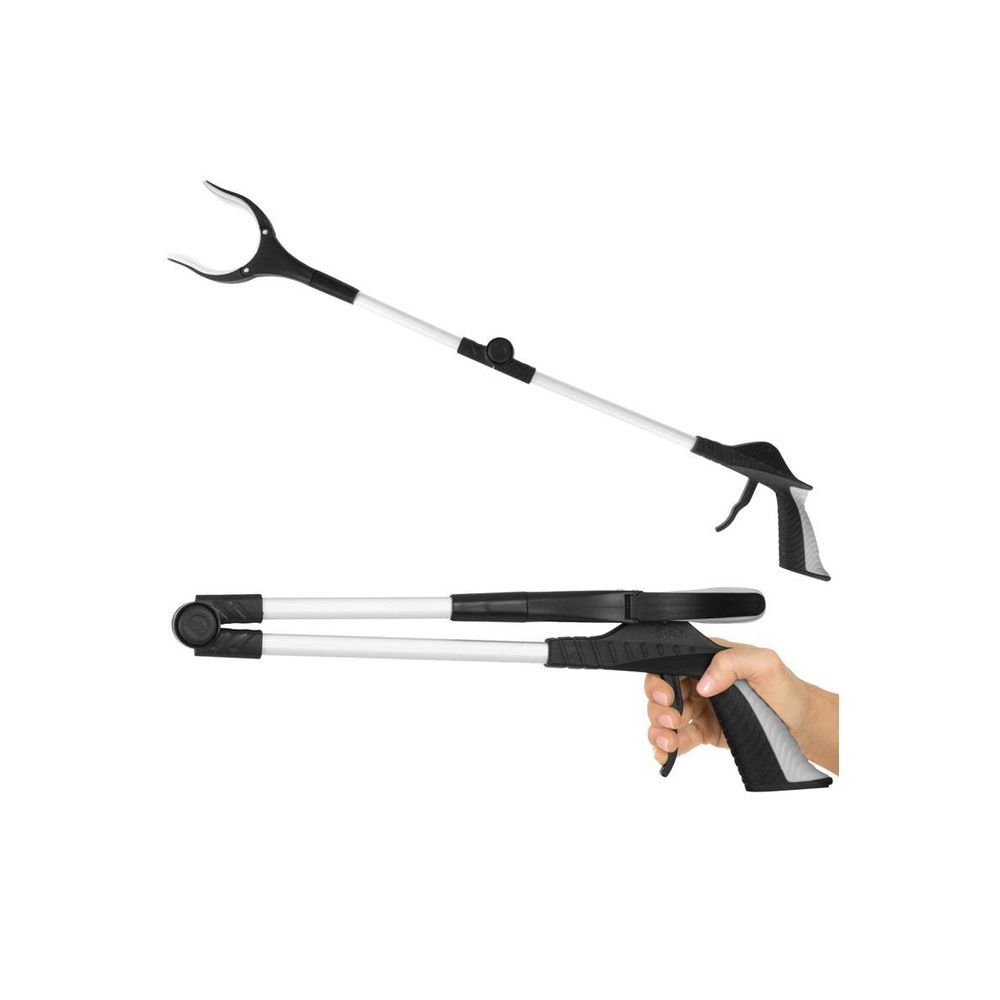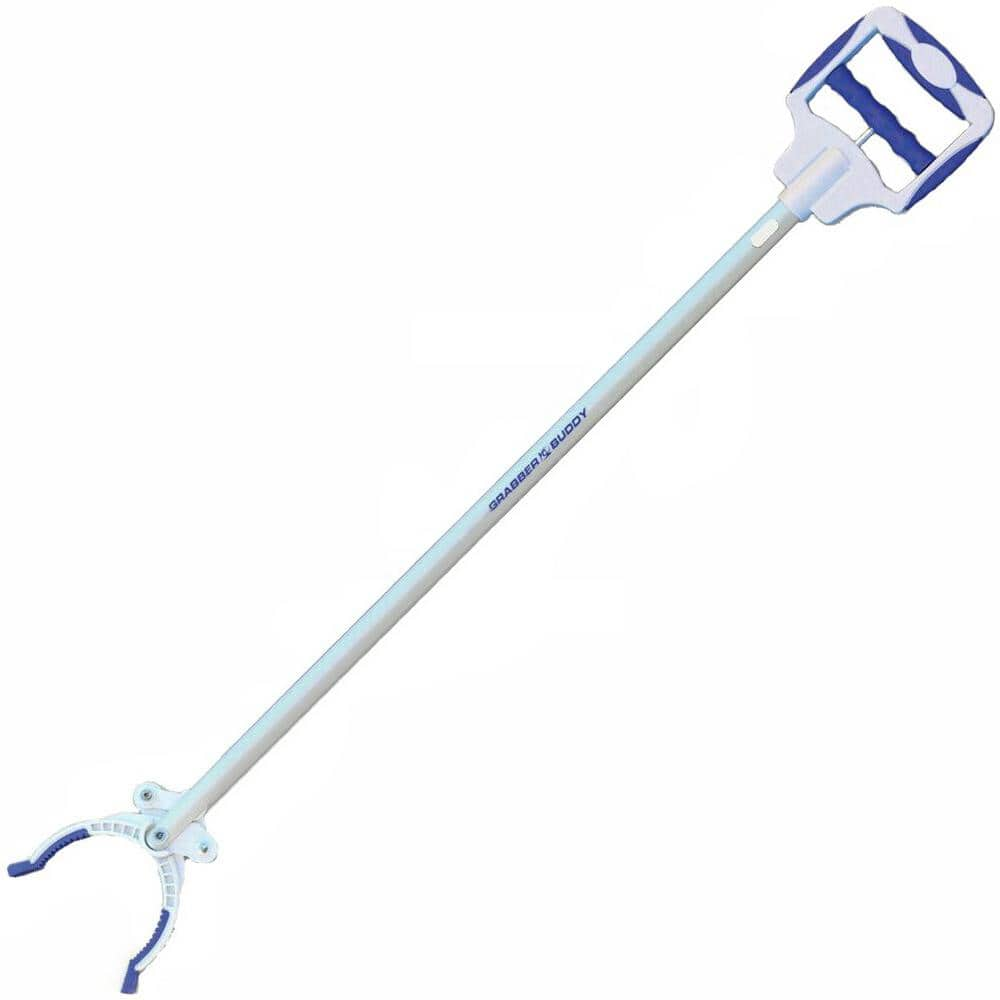Transform Your Garden: The Creative Watering Can Planter Ideas

Choosing the Right Watering Can for Your Planter
Selecting the perfect watering can planter is crucial for both aesthetics and functionality. Start with size; a can that’s too large may overwhelm your plants, while one too small won’t provide ample space for root growth. Material matters as well. Metal cans offer durability and a classic look, while plastic ones are lightweight and come in various colors. Think about the design; a vintage-style can adds charm, whereas a modern design suits contemporary gardens. Check for a nozzle with a fine rose attachment for gentle watering. Ensure the can has a comfortable handle for easy lifting and pouring. Keep these tips in mind to pick an ideal watering can planter for your garden.
Creative Watering Can Planter Designs
After selecting the right watering can for your garden, let your creativity bloom with unique planter designs. Here are some inspirational ideas to get you started:
- Vintage Charm: Take an old metal can and distress it further for an antique look. It can complement a rustic garden theme.
- Fairy Garden Fantasy: Create a miniature fairy garden. Use small plants and figurines to bring the fantasy to life within the can.
- Painted Perfection: Brighten a plain can with weather-resistant paint. Choose colors that stand out or match your outdoor decor.
- Mosaic Magic: Adorn your watering can with glass or ceramic tiles for a shimmering mosaic effect. This can add a touch of art to your garden.
- Herb Haven: Transform your watering can into a portable herb garden. Fresh herbs are at hand whenever you cook outdoors.
Each of these designs allows the watering can planter to serve as both a functional item and a decorative piece. Keep the use of the keyword ‘watering can planter’ within the prescribed limit to maintain readability. By incorporating these designs, not only do you make efficient use of old watering cans, but you also add unique touches that enhance the beauty of your outdoor space.
Tips for Planting in a Watering Can
When planting in a watering can, consider these helpful tips to ensure success:
- Choose Suitable Soil: Select a high-quality potting mix that provides proper drainage and nutrient support for your plants.
- Mind the Drainage: Drill holes in the bottom of the can if they’re not already present to prevent waterlogging.
- Layer the Base: Place a layer of pebbles or gravel at the bottom to enhance drainage and prevent root rot.
- Go for Small Plants: Opt for smaller plants or seedlings, as they fit well in the confines of a watering can planter.
- Monitor Water Levels: Water sparingly to avoid overwatering, as the space inside a watering can is limited.
- Consider the Weight: Remember that the can will be heavier once filled with soil and plants; ensure it’s manageable.
- Fertilize with Care: Use a diluted liquid fertilizer to gently provide nutrients without overwhelming your plants.
With these tips in mind, your watering can planter can thrive and add a unique touch to your garden.
Best Plants for Watering Can Planters
Choosing the best plants for your watering can planter can be quite fun. Look for plants that thrive in small spaces and need moderate watering. Here are some excellent picks:
- Succulents and Cacti: These are ideal because they grow slowly and need little water.
- Annual Flowers: Think pansies or petunias for a splash of color.
- Herbs: Basil, chives, and parsley can grow well in watering can planters.
- Ferns: The compact Boston fern is a good choice.
- Alpine Plants: These are used to harsh conditions and grow well in confined spaces.
Remember, the key is to select plants that match the watering can’s environment. Make sure they get the right amount of sun and shade. This will help your plants flourish in their unique watering can planter.
How to Properly Drain Your Watering Can Planter
Ensuring your watering can planter has proper drainage is vital for plant health. Here’s how to achieve it:
- Drill Drainage Holes: If your can lacks holes, drill 3-4 at the bottom. Use a drill bit suitable for the material.
- Cover Holes with Mesh: This keeps soil from escaping. Cut a fine mesh to fit inside the can, over the holes.
- Use the Right Soil: Choose potting soil that drains well. This prevents water buildup that can harm roots.
- Elevate the Can: Place the can on bricks or feet. It lets water flow freely out of the drainage holes.
- Regularly Clean Holes: Check and clear the holes to stop them from clogging. Use a wire or toothpick to remove debris.
By following these steps, your watering can planter will drain effectively, preventing overwatering and promoting healthy plant growth.
Incorporating Watering Can Planters into Your Garden Layout
Incorporating watering can planters into your garden adds charm and character. Here’s how to blend them seamlessly into your outdoor space:
- Strategic Placement: Put your watering can planter in a spot where it’s visible and adds to the overall garden design. Choose locations near pathways or sitting areas for the best visual impact.
- Grouping: Cluster various watering can planters for an eye-catching display. Mix sizes and colors to create depth and interest.
- Height Variation: Place watering can planters at different heights using stands or garden features. This creates a dynamic and layered look.
- Combine with Other Planters: Integrate watering can planters with traditional pots and containers. This adds variety and texture to your garden layout.
- Seasonal Changes: Swap out plants according to the season. This keeps your garden looking fresh and ensures plants are season-appropriate.
- Theme Continuity: If your garden has a certain style, like a cottage or tropical theme, choose watering can planters that complement it.
- Mobile Advantage: Use the portability of watering can planters to change your garden layout easily. This also helps in repositioning plants for optimal sun exposure.
By carefully planning their placement, watering can planters can become integral parts of your garden’s design, offering both function and beauty.
DIY Watering Can Planter Projects
Getting hands-on with DIY projects can bring your garden to life and personalize your space. These DIY watering can planter projects will inspire you to turn simple watering cans into stunning garden features. Remember to sprinkle the keyword ‘watering can planter’ adequately throughout the text to optimize for SEO, without overdoing it.
- Hanging Charm: Convert your watering can into a hanging planter. Drill holes in the sides, attach strong wires, and hang it with your favorite blooms spilling out.
- Stencil Art: Use stencils to paint floral or abstract designs on your can. Fill it with soil and plants after the paint dries.
- Illuminate with Lights: String lights inside a watering can and let them cascade out of the spout. It creates a magical evening glow in your garden.
- Chalkboard Labels: Paint a section with chalkboard paint for easy labeling. Great for herbs, you can write and rewrite names as needed.
- Laced Look: Wrap lace or burlap around a can for a textured look. Plant something simple inside to let the design stand out.
Attempting these DIY watering can planter projects not only upcycles old items but also adds a creative touch to your outdoor space. They are a great weekend activity that can involve the whole family, from painting to planting. Plus, these planters can make thoughtful, homemade gifts for friends and garden enthusiasts. Have fun personalizing your garden with these unique planters.
Maintaining Your Watering Can Planter Through the Seasons
Maintaining a watering can planter requires seasonal care for its best performance. Here are tips to keep it in top shape throughout the year:
- Spring Prep: Clean out any leftover debris from winter. Check for rust or damage and repair as needed. This is a great time to refresh the soil and replant if necessary.
- Summer Checks: Inspect your watering can planter frequently as plants grow. Ensure it has enough water but isn’t waterlogged. Add mulch to help retain moisture during hot months.
- Autumn Adjustments: As temperatures drop, consider moving sensitive plants indoors. If your can stays outside, empty it to prevent damage from freezing.
- Winter Storage: If not in use, store your watering can planter inside to avoid cold damage. Place in a dry area to inhibit rust formation.
- Regular Cleaning: Throughout all seasons, keep your watering can planter clean. Gently scrub the exterior to prevent dirt buildup and potential plant diseases.
- Monitor Plant Health: No matter the season, watch for signs of stress in your plants. Adjust watering and exposure to sun as needed to keep them thriving.
By following these simple maintenance steps, your watering can planter will provide beauty and purpose all year round.






